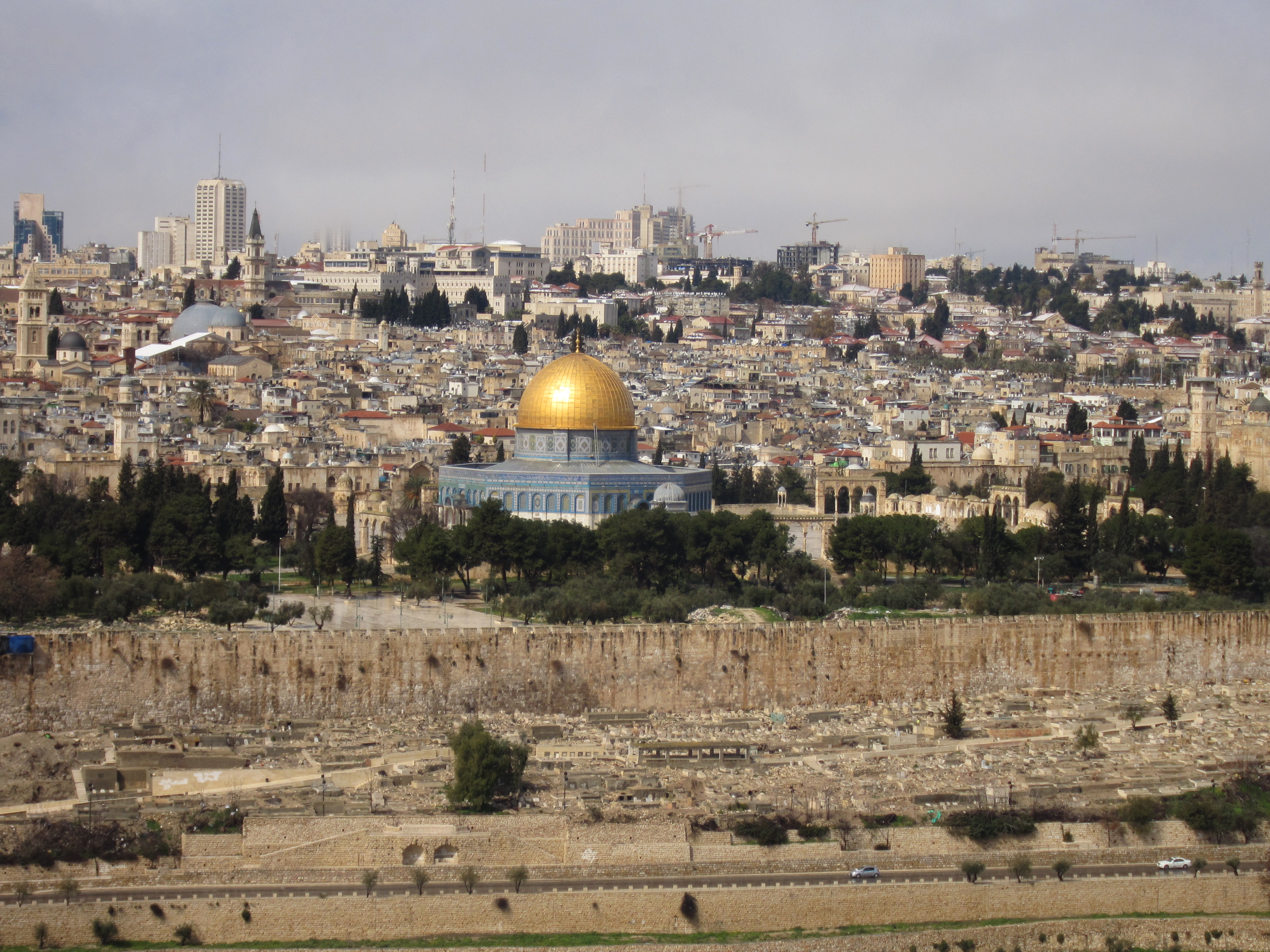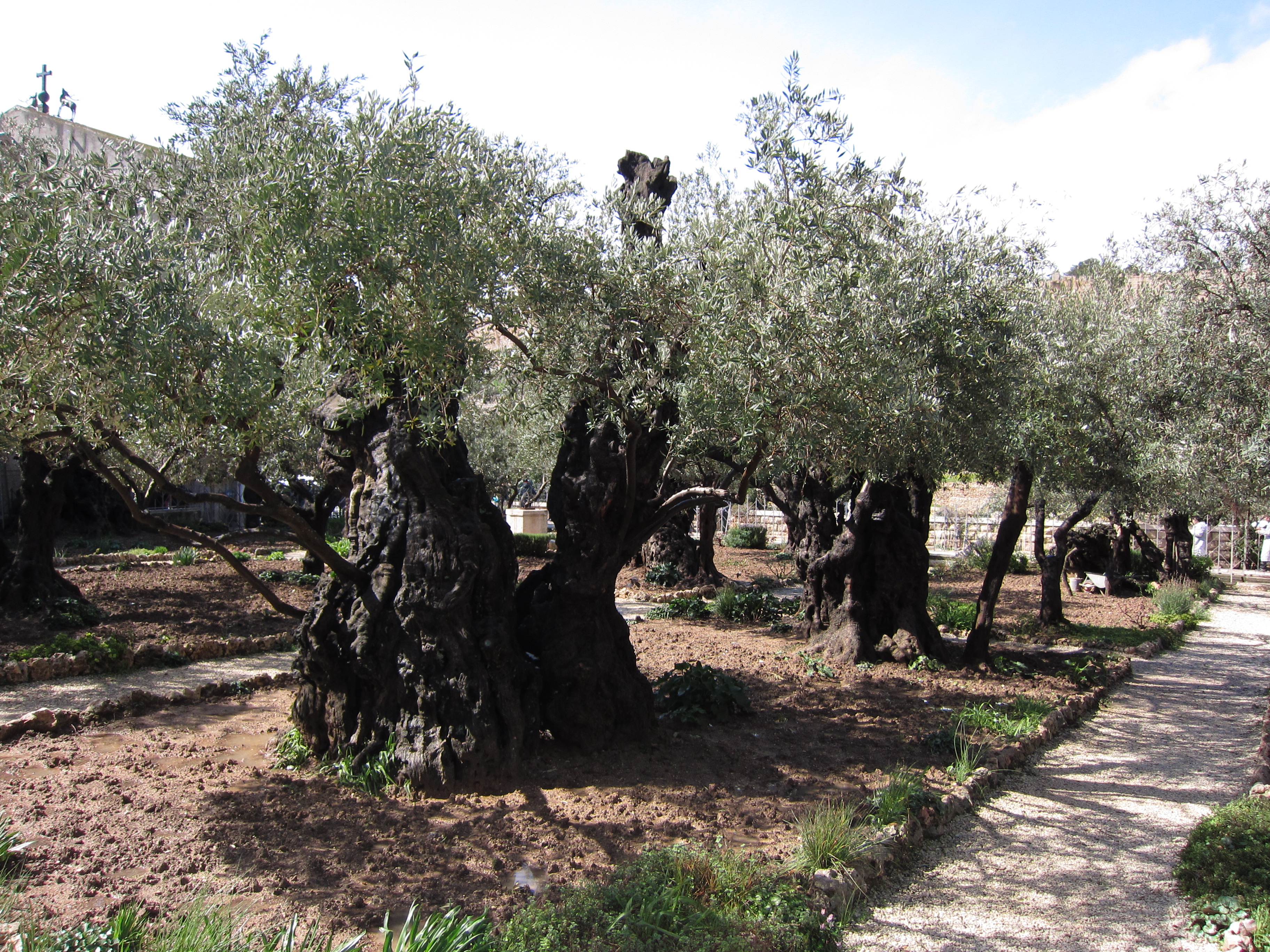Jerusalem – March 2014
The walled medieval city of Jerusalem is beautiful, imposing and grand. It is the spiritual and religious focus of Jews, Christians and Muslims. As you walk through Damascus Gate or Jaffa Gate you are following in the footsteps of travellers arriving here at this sacred place for more than 4000 years………………
It was snowing when I arrived in Jerusalem. A very rare event. Local children threw snow balls at the car. The hills around the city were covered in a thin white veil. As the early morning sun broke through the clouds the snow flakes sparkled. It seemed like a fitting, magical introduction to the ‘Holy Land’. I headed to the Mount of Olives for a view over the city: its medieval walls, spires and towers. The Dome of the Rock and the Garden of Gethsemane lay below, the latter’s olive trees gnarled and bare. In the distance to the east I glimpsed the Dead Sea and Judean Hills. This is the land of the Bible, Moses, Jesus.
The city of Jerusalem has existed here for millennia. It has been besieged, sacked and burned to the ground. It has been a key cause of dispute between Jews, Christians and Muslims. Today the old city of Jerusalem remains an exceptional medieval citadel surrounded by huge imposing walls. The city is divided into quarters each with its own character and ethnicity. As I enter through Damascus Gate I find myself in the Muslim Quarter. A bustling neighbourhood of food shops, street sellers and narrow, paved alley ways. The atmosphere is dynamic, vibrant, welcoming. I can visualise Jesus entering the city 2000 years ago and witnessing the same tumult and chaos that I see today. Many Arab families still live here in the historic city. The houses are simple, stone floors, limited sanitation, little or no heating. I met an elderly lady preparing artichokes for dinner. Carefully removing the coarse outer leaves and the stems before tossing them into a bucket ready for cooking. Her family has lived in the centre of the city for generations. She is worried about her future.
Next I came across the ‘oldest sweet shop’ in Jerusalem. Here an ancient man in a vest prepares delicious flaky pastry parcels containing goat’s cheese and honey. Freshly cooked they taste absolutely divine. From the back of the shop you can wander directly into the precincts of the Church of the Holy Sepulchre. This is the magic of Jerusalem, the buildings are packed in, cheek by jowl, you never know what you’ll find round the corner. The Church of the Holy Sepulchre is a complicated building, numerous layers and many priests supervising its up-keep. There are Armenians, Ethiopians, Greek Orthodox and Roman Catholic priests. All taking it in turns to deliver Holy Mass to the pilgrims and to keep the church clean and tidy. Generally the system works – occasionally the priests have a little spat. It is usually a domestic issue for example ‘who sweeps the floor on a Wednesday’…there is something ironic and amusing about this. The idea of the priests sparring with brooms over the right to sweep the porch of the church sums up the religious fervour which can divide or unite Jerusalem.
In the underground caverns of the church is the ‘Golgatha’ – the tomb of Jesus. This dimly-lit grotto receives thousands of visitors each year. The faithful make their journey to this place to pray and to see the place where Jesus was buried. In fact when the pilgrims arrive at the tomb it is usually their last stop. They have walked the Via Dolorosa through the city – following in the footsteps of Christ on his last journey. I should explain that the Via Dolorosa follows the route that Christ took to Calvary. Watching the pilgrims as they trundled respectfully through the streets of Jerusalem was a humbling experience.
From nowhere a group of young Israeli soldiers appear in full army uniform. They are young – very young, probably eighteen years of age. Alarmingly they are each carrying a gun. They are laughing and joking together – perhaps it is an army day out! Their appearance jolts me back to the present, today, now and the complicated relationship that exists here in Israel between Jewish and Palestinian neighbours.
Just a short distance away is the Dome of the Rock. This gold-covered dome was built over the rock where Abraham prepared to sacrifice his son Isaac. This is one of the most significant mosques in the Muslim world. This site is also the location in Judaism of the Holy of Holies – the place where God dwells. Here, according to Rabbanical tradition was the inner sanctuary, the closest place to God on Earth. This place could only be entered by the High Priest once a year on Yom Kippur. The Dome of the Rock is also an important place of pilgrimage for Muslims after Mecca. Access issues to the mosque and surrounding areas are a constant source of tension between Muslim and Jewish groups. The Mosque is currently accessible only to Muslims.
The early morning snow has turned to rain. I spot a church on the Via Dolorosa and dive in for some peace and quiet. As I push the huge wooden door open it creaks on its hinges. The church is empty and still, apart from a strange dripping noise. At first I thought it was a cleaner mopping the floor, carelessly slopping water around. Then I realised it was the persistent drip, drip, drip of rain water as it made its way through the rotting roof and down to the polished stone floor of the nave. The roof was leaking in a dozen places – at least. Buckets were strategically placed and some of the pews were covered with plastic sheets. For a strange, blissful moment I had the leaking church to myself. Just me and the sound of the rain. The stones of the church glowed in the dim light – a strange, mesmerising, friendly tone. Descending into the crypt with its elegantly vaulted ceiling I glimpsed a fabulous golden triptych housing the ‘eucharist’. Here below ground all was tranquil, calm, serene.
From the late 11th century Jerusalem has been an important pilgrimage destination for Roman Catholics – the journey itself was seen as a cleansing ritual, a necessary part of a devout believer’s religious journey through life. Pope Urban II advised Catholics that such a journey would guarantee their entry into Heaven and avoid any hanging around in Purgatory! To accommodate pilgrim visitors a series of guest houses grew up all over the city. They offered guests clean and affordable lodgings. My favourite is the Austrian Guest House, a large stone building with a fantastic roof terrace. I climb up to the roof at sunset to watch the sun go down and observe the wonderful views of the Jerusalem skyline. For me this was one of life’s golden moments!
I don’t think an ancient city, not even Rome, has had the spiritual impact on me that Jerusalem did. There’s a reason why this ‘holiest’ of cities is revered by so many.

Notes:
- Jerusalem is a wonderful city – historic, fascinating, enthralling.
- Why not look at my article on ‘The West Bank and the Separation Wall‘ on what happens when you prevent freedom of movement from one town to the next.
- I’ve also written about Kathleen Kenyon – archaeologist
- Kenyon worked at digs in Jericho and also Jerusalem in the 1950s.
- Questions or comments welcome: Janet’s e mail
Updated: 7th December, 2017 / 6th May, 2021













I just re-read your article as though for the first time–but this time with a thought that it would be an interesting place to travel with a Janet-led group!
LikeLiked by 1 person
Beautiful writing, Janet! It’s like I’m right next to you as you walk along explaining things to me. The vision of the broom-wielding priests stays with me. You seem to notice things others just pass by without a glance and make a story of them. I love your stories! Thank you for sharing your memories!
LikeLiked by 1 person